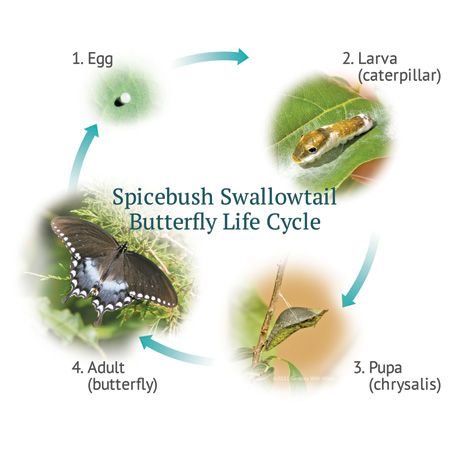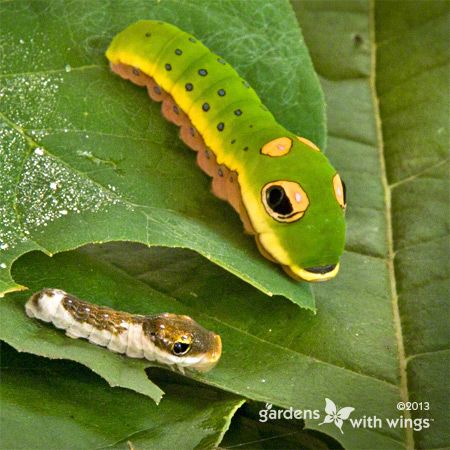Butterflies amaze people with their changes. They help teach science to students. They grow from egg to butterfly. They show behaviors that connect to biology ideas. A study shows 87% of teachers see more interest when using butterflies in class.
Understanding Butterfly Life Cycles and Behaviors
Eggs become caterpillars. Then they form chrysalises. Finally butterflies emerge. Understanding butterfly behavior through science means watching them grow. Students see how genes affect behavior.

“Caterpillars act different than butterflies,” says Dr. Oberhauser. “Their brains work differently.”
Teachers seeking online coursework help can find butterfly resources. Butterfly Conservation offers free guides.
Caterpillars eat a lot. They eat 200 times their weight in plants. Butterflies sip nectar through a tube. They show different ways of eating.

The way caterpillars move differs too. They inch along. They use many legs. Butterflies fly with four wings. This change in movement fascinates kids. They can see how body shapes affect movement.
Weather affects butterfly behavior. On cloudy days, they hide. On sunny days, they fly more. Students can track this pattern. They learn about animal responses to weather.
Key Butterfly Behaviors for Classroom Study
Butterflies make great teaching tools. Educational benefits of studying butterflies show when students watch them closely.
Butterflies move toward light. This is easy to see. Put a plant by a window. Watch butterflies move to it.
Painted Lady butterflies show these behaviors:
- Basking in sun
- Defending territory
- Choosing egg spots
- Preferring certain flowers
Researcher Morehouse found butterflies see more colors than humans. They even see ultraviolet light.
Male butterflies do dances in air. They release scents. They flash wing patterns. They want to attract females. This shows natural selection.
The butterfly’s sense of taste sits in their feet. They taste plants by landing on them. This surprising fact engages students. It shows how animal senses differ from human ones.
Some butterflies play dead when threatened. Others flash bright wing spots. These look like eyes. They scare predators away. These defense tricks show survival adaptations.
Setting Up Educational Butterfly Observations
Watching butterflies needs planning. Integrating insect behavior into learning works with good tools.
“Students need guidance,” says teacher Chen. “Or they miss things like foot tapping on leaves.”
These plants attract butterflies:
- Milkweed for Monarchs
- Passion flower for Fritillaries
- Parsley for Swallowtails
- Violets for other types
Over 3,500 schools have butterfly gardens. Students watch feeding and breeding there.
Butterfly kits work for indoor study. But watching takes patience. “Students want constant action,” says Wilson. “I teach them to slow down.”
Simple tools enhance observation. Magnifying glasses help see tiny eggs. Clipboards help with note taking. Small measuring tapes help track caterpillar growth. These tools make students feel like real scientists.
Setting up a butterfly feeding station draws more visitors. Sugar water (one part sugar, four parts water) attracts them. Put it in bright colored dishes. Red and orange work best. This creates more observation chances.
Connecting Butterfly Behavior to Broader Science Concepts
Butterflies connect to many science ideas. Using butterfly science in classrooms helps teach many topics.
Monarchs migrate 3,000 miles. They fly from Canada to Mexico. They use Earth’s magnetic field to navigate. This teaches about magnetism.
“Monarchs show genetic memory,” says Dr. Brower. “They find the same trees their ancestors used.”
Butterflies control body heat in visible ways. They spread wings when cold. They turn wings up when hot.
Some butterflies copy toxic species. The Viceroy looks like the Monarch. This shows mimicry. It helps them avoid being eaten.
Butterfly wings use physics principles. Their bright colors come from light refraction. The wing scales bend light. They don’t use pigment for all colors. This connects to physics lessons on light.
Climate change affects butterfly ranges. Some species move north as temperatures warm. Students can track these changes online. They join citizen science projects. They learn about global climate impact on small creatures.
Classroom Activities for Butterfly Behavior Study
Activities help butterfly study. Learning biological concepts through butterflies works with good record keeping.
Students can count behaviors. They can track butterfly visits to different flowers.
“My students list butterfly actions,” says teacher Lee. “They make theories about these actions.”
Videos help too. They show details hard to see normally.
Young students can draw butterflies. They can act out their life cycle. This makes learning fun.
KingEssays guarantees 100% original, plagiarism-free papers checked thoroughly. Students should make their own observations. They should not just read facts.
Butterfly word walls help build vocabulary. Words like “proboscis” and “chrysalis” expand language skills. Students learn science terms in context. This helps language arts too.
Butterfly math activities work well. Students can measure wing spans. They can count days of each life stage. They can graph feeding times. This connects science to math skills.
Simple butterfly experiments teach scientific method. Does sugar water or fruit attract more butterflies? Do they prefer sun or shade? Students learn to form questions. They collect data. They draw conclusions.
Butterfly study builds science skills. Students learn to ask questions. They collect data. They understand nature better. Butterflies make science visible and fun.




